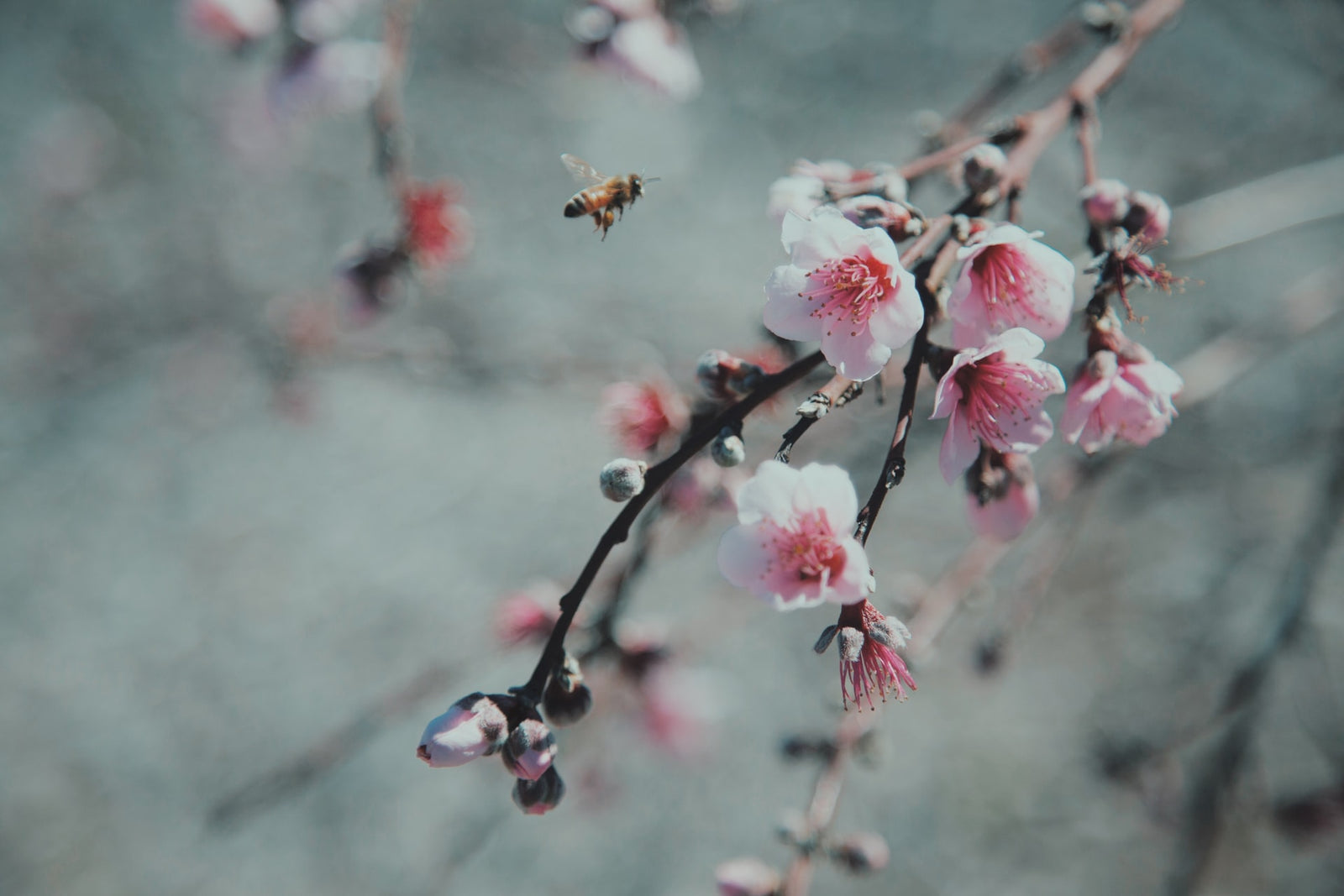
5 ways to look after wildlife in your garden
It’s Garden Wildlife Week – so to mark the occasion, here’s 5 ways to help the wildlife in your garden.
Grow climbing and flowering plants
Plants do so much more than just make your garden look pretty – growing a variety of different types will help out wildlife. Flowering plants tend to provide nectar and pollen which is a food source for insects like bees and butterflies, whilst Ivy and other climbing plants provide all year round shelter and cover for birds.
Start a compost heap
Not only beneficial to you as an eco-friendly way of disposing of waste, as well as adding nutrients and microorganisms to soil, a compost heap helps wildlife by providing them with a habitat and feeding area. In fact, hedgehogs, toads, bats, birds, grass snakes and slow worms will all make use of a compost heap and many of these eat insects and slugs – consequently acting as natural pest controllers. As a result, this reduces the need for pesticides in your garden.
Grow your grass
Again, this is another form of shelter for small types of wildlife like frogs, mice and slow worms that like to make a home amongst longer grass. In addition to this, it will also give wildflowers like daisies, a chance to grow, leading to increased nectar production.
Add a water feature
Sources of water are a great boost for wildlife, such as frogs and dragonflies. Of course, building a pond is fantastic, but there are still smaller scale and cheaper ways of adding a water feature to your garden – even buckets or troughs filled with water will help. Just make sure they’re located somewhere with lots of sunlight.
Make a rock corner
Rock gardens and gravel beds make for a low maintenance way of attracting specialised wildlife to your garden. In particular, mason bees love rock gardens. Having a variety of rocks in different shapes and sizes means insects can shelter among them.